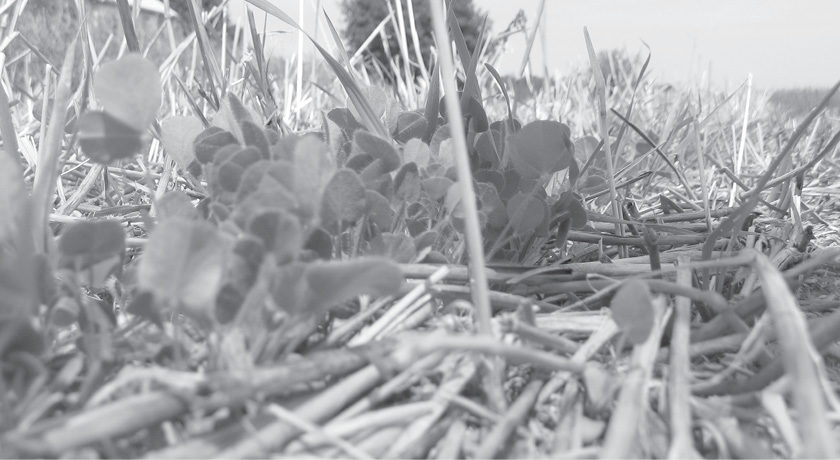No-Till Farmer
Get full access NOW to the most comprehensive, powerful and easy-to-use online resource for no-tillage practices. Just one good idea will pay for your subscription hundreds of times over.

Easy to work with and generally low cost, red clover is becoming a viable cover crop option for many no-tillers.
Red clover boasts an extensive root system, including a tap root that can extend for several feet, which makes it a great crop for improving soil tilth and infiltration.
Red clover was deemed the most profitable of 5 legumes considered in a 4-year Wisconsin study.1 This was true when used as a companion crop or planted after small grains as a cover crop.
Red clover is widely adaptable to a variety of soil types and climates, but does not work ideally in all climates. A good rule of thumb is that it will thrive in areas also ideal for corn production.
Brian Sneeringer, agricultural conservation technician for the Adams County Pennsylvania conservation district, used grant money to distribute a variety of legumes to local farmers to try as cover crops in rotation following wheat and leading into corn.
Varieties included white, red, crimson and sweet clover, to name a few.
“Crimson and red clover came out on top in our area,” Sneeringer says. “Both varieties germinated really well, getting up and out of the ground to create decent cover before winter. Other varieties didn’t get up and grow fast enough.”
Scott Flanders, who no-tills 150 acres in Liverpool, Pa., with his father, tried red clover as a cover crop in 2007, experimenting with just 5 acres.
“We wanted to raise a little nitrogen for ourselves and condition…